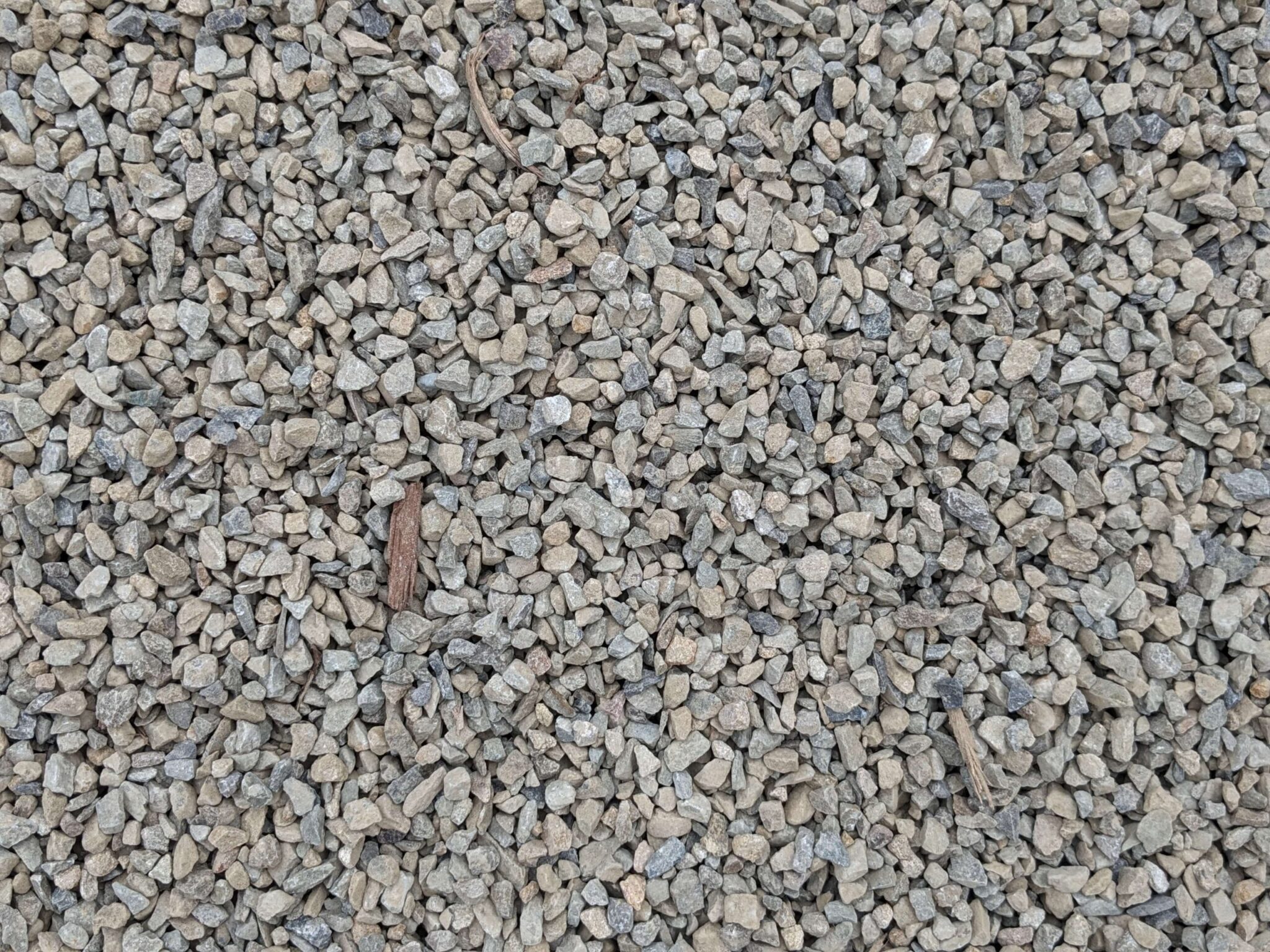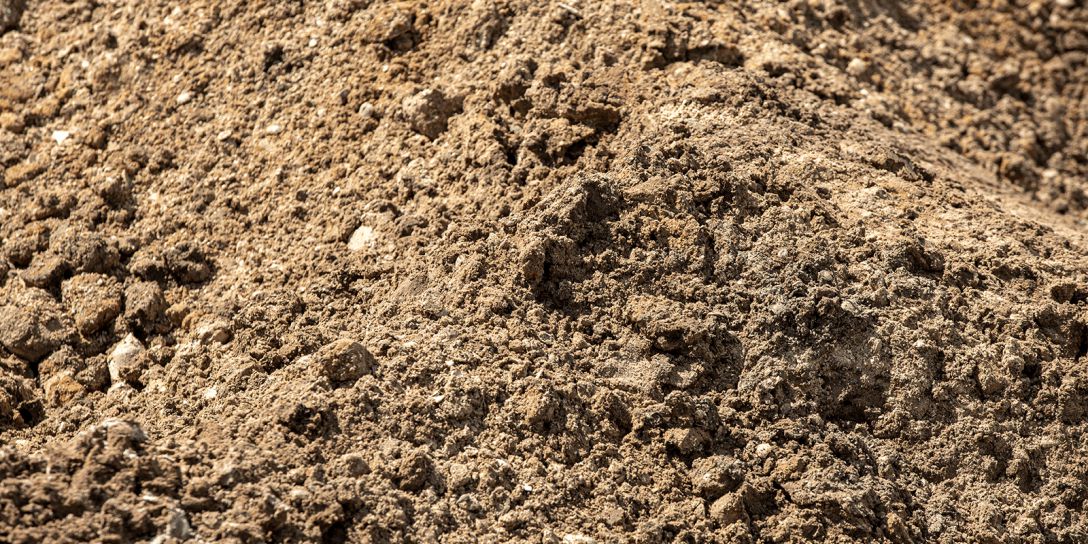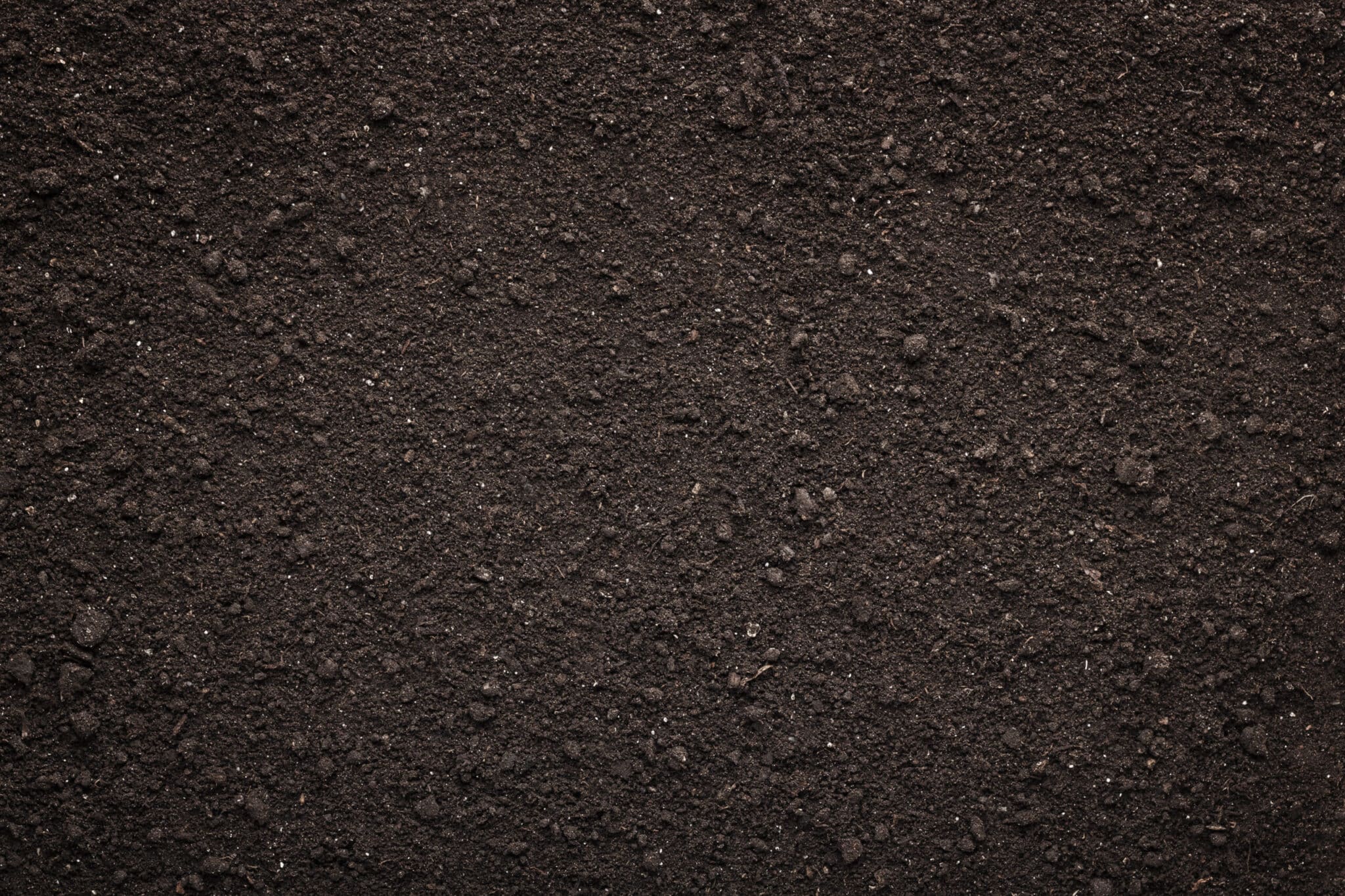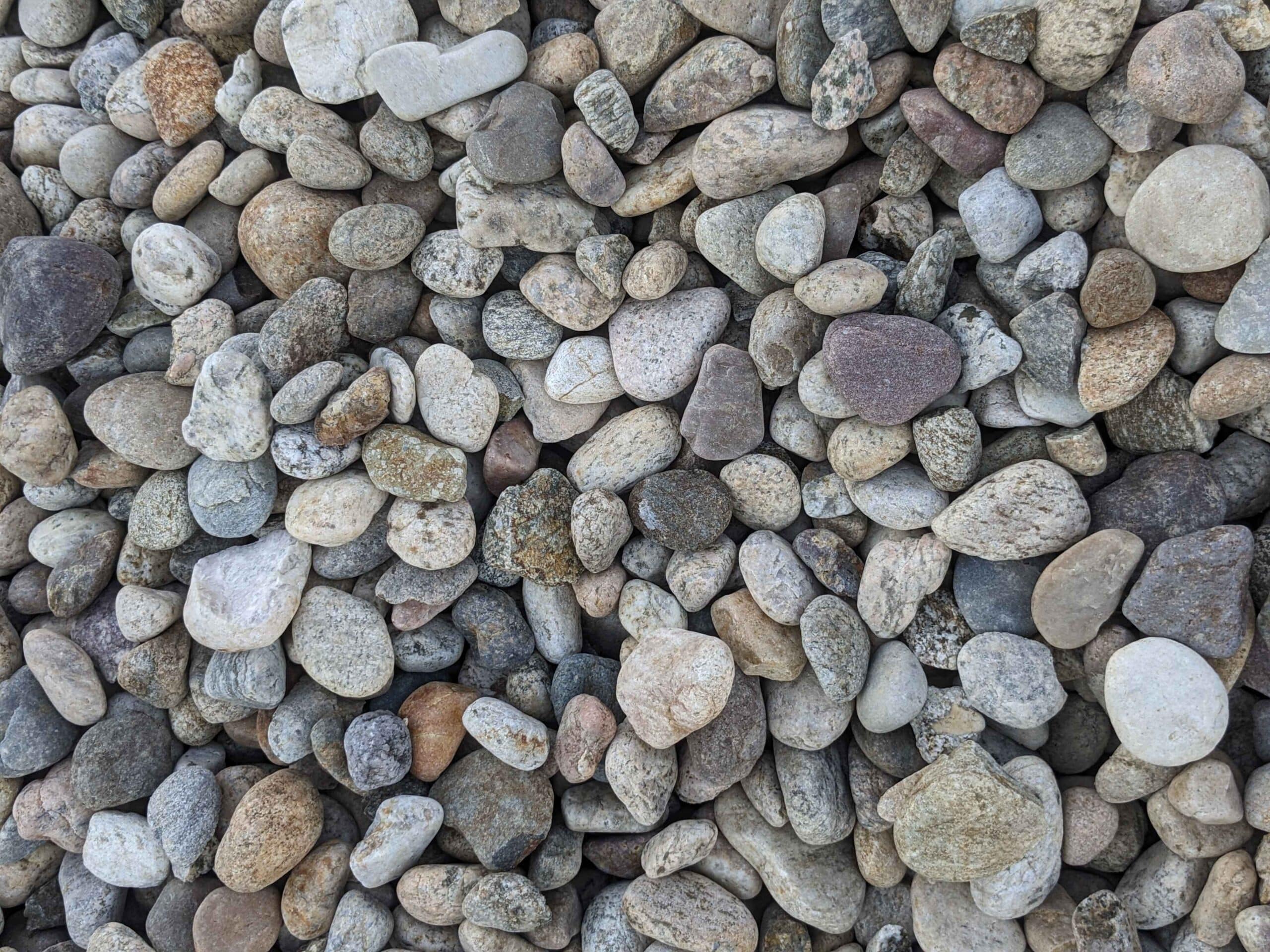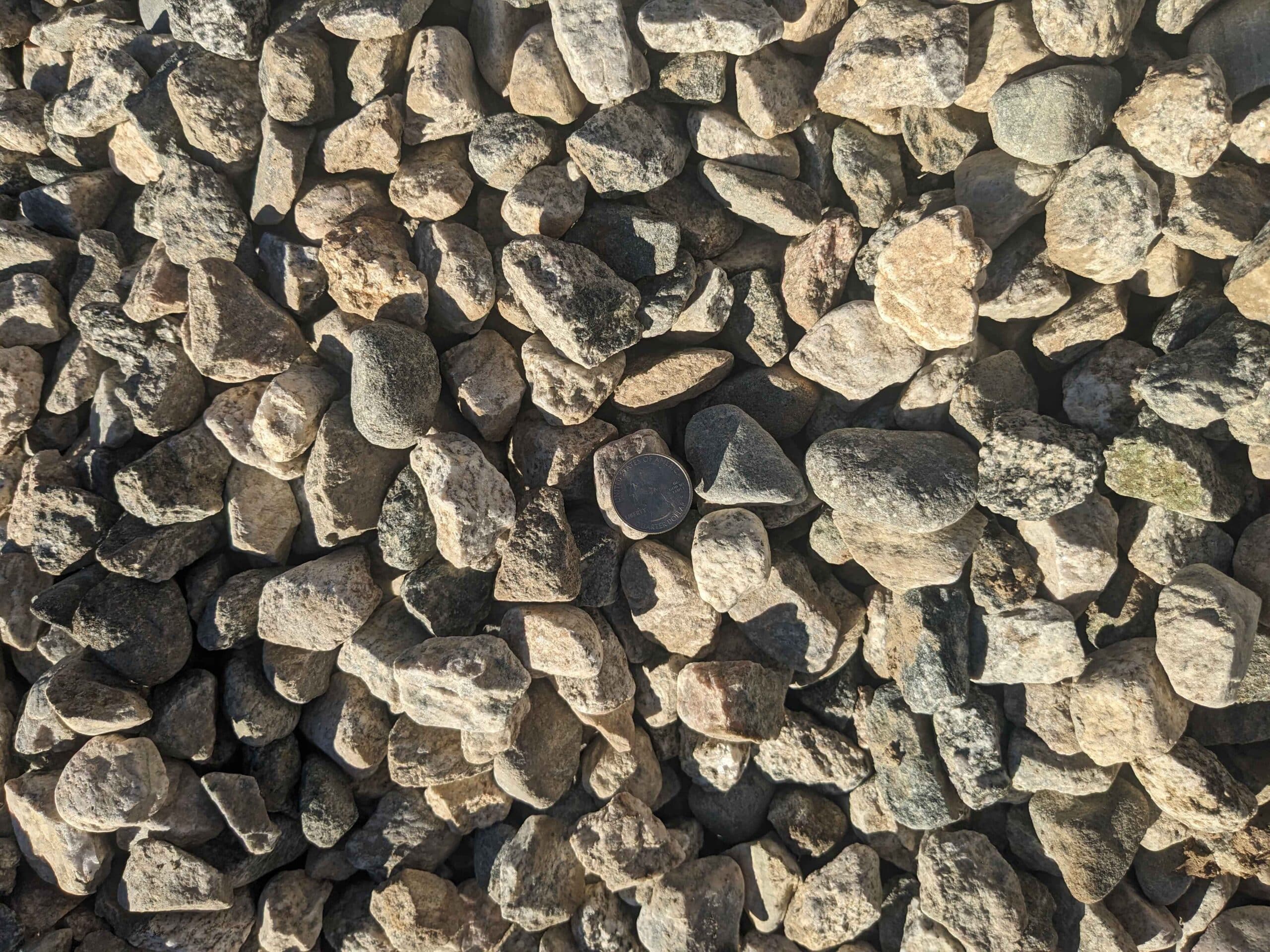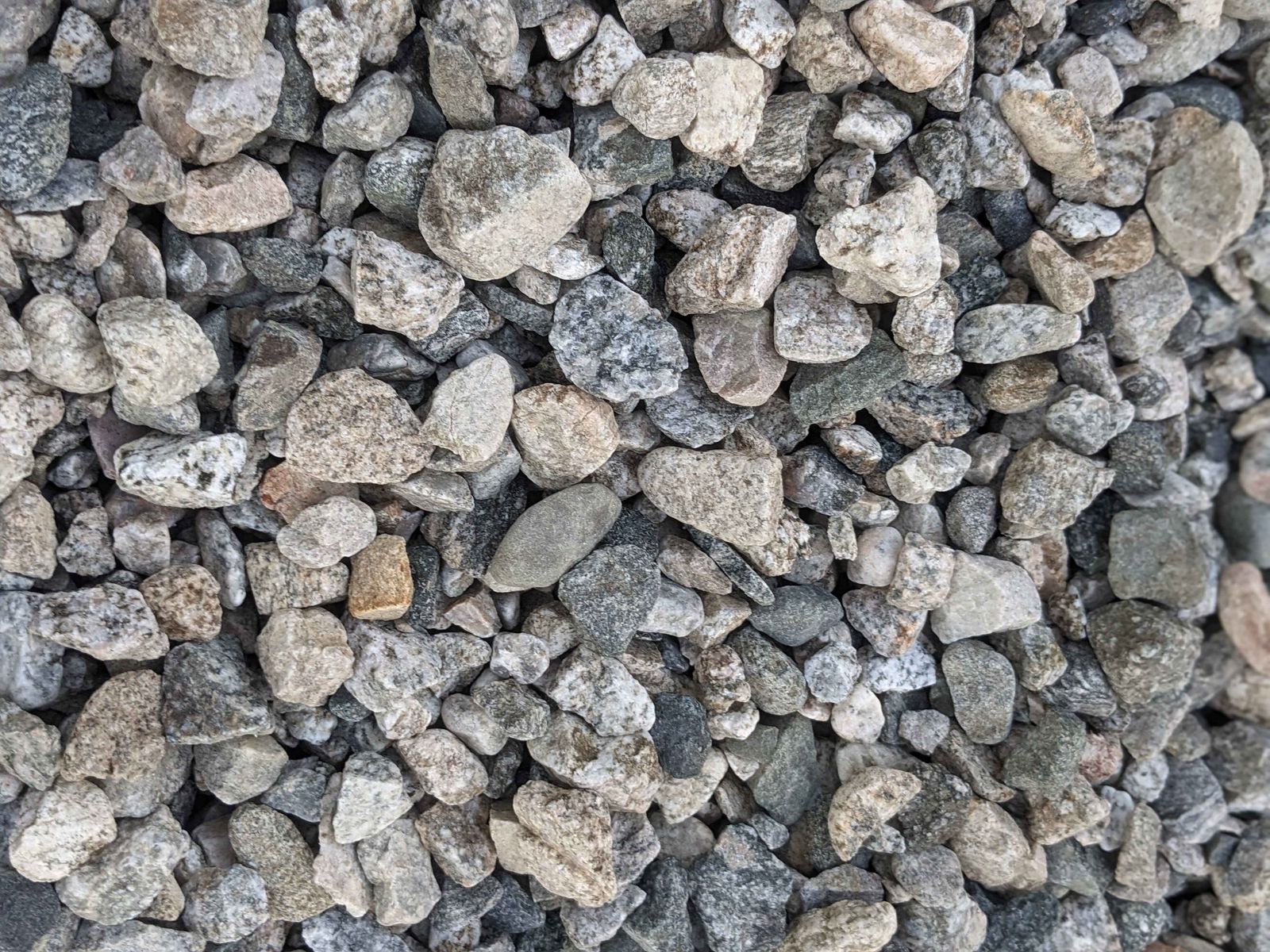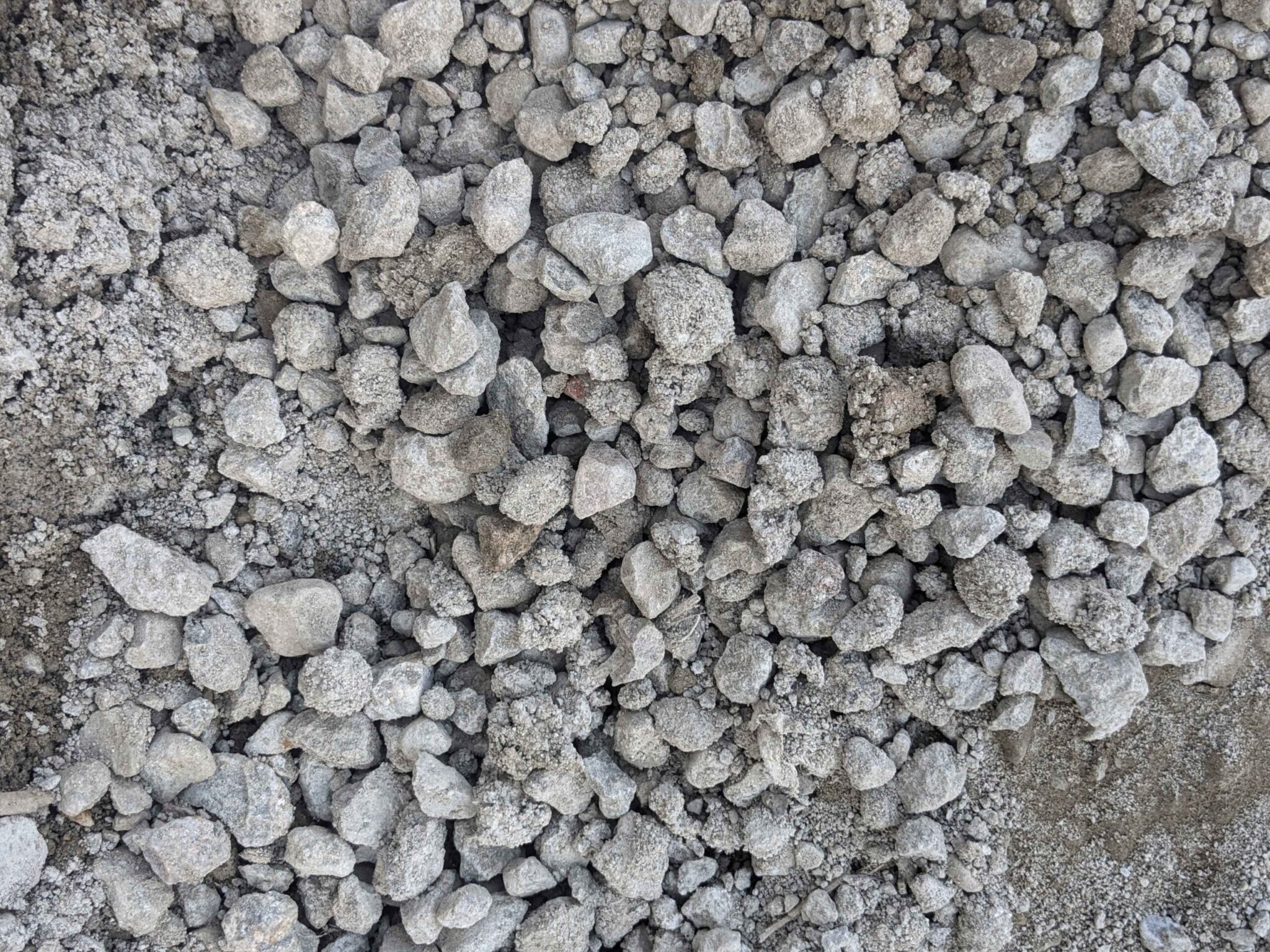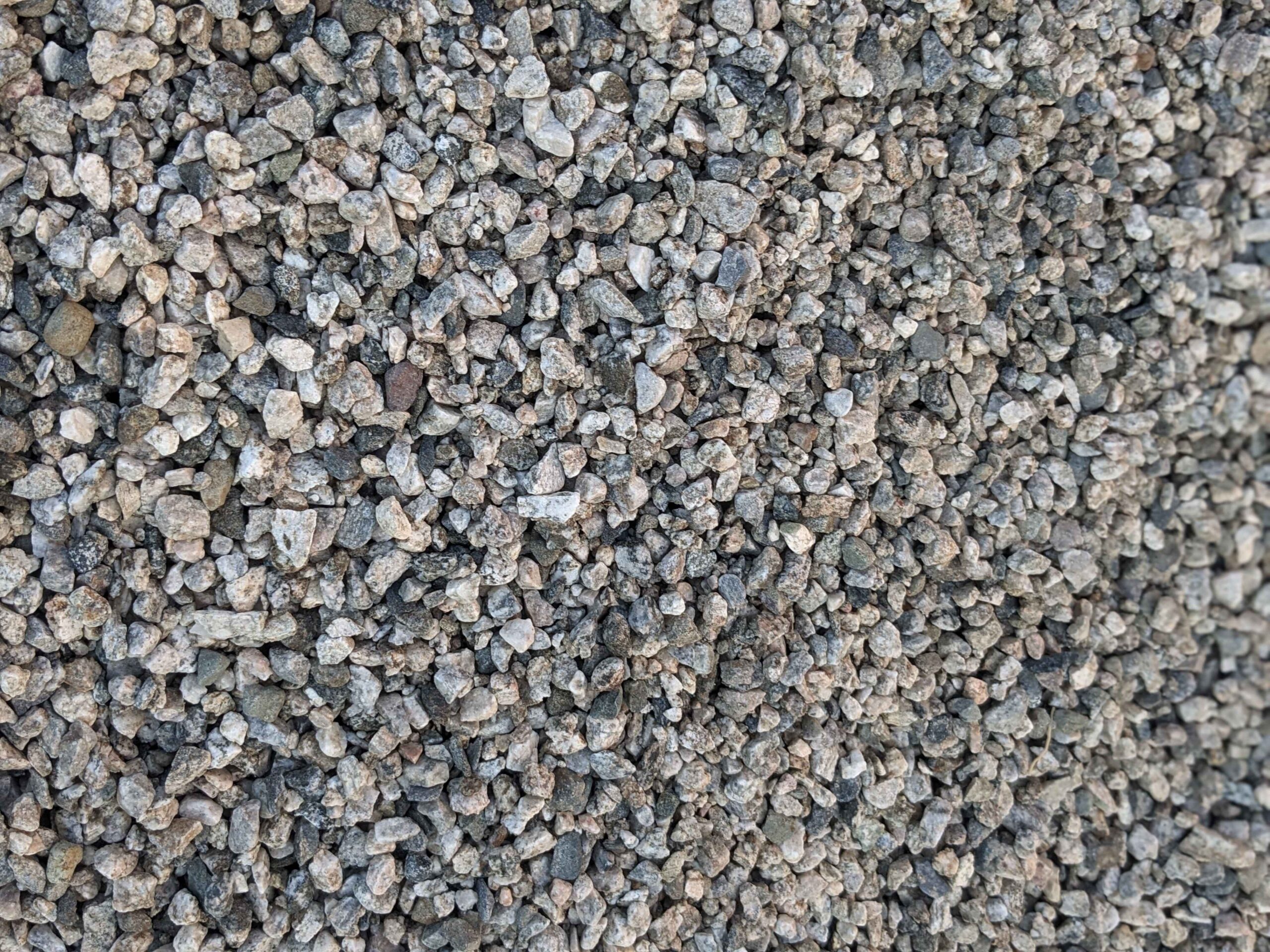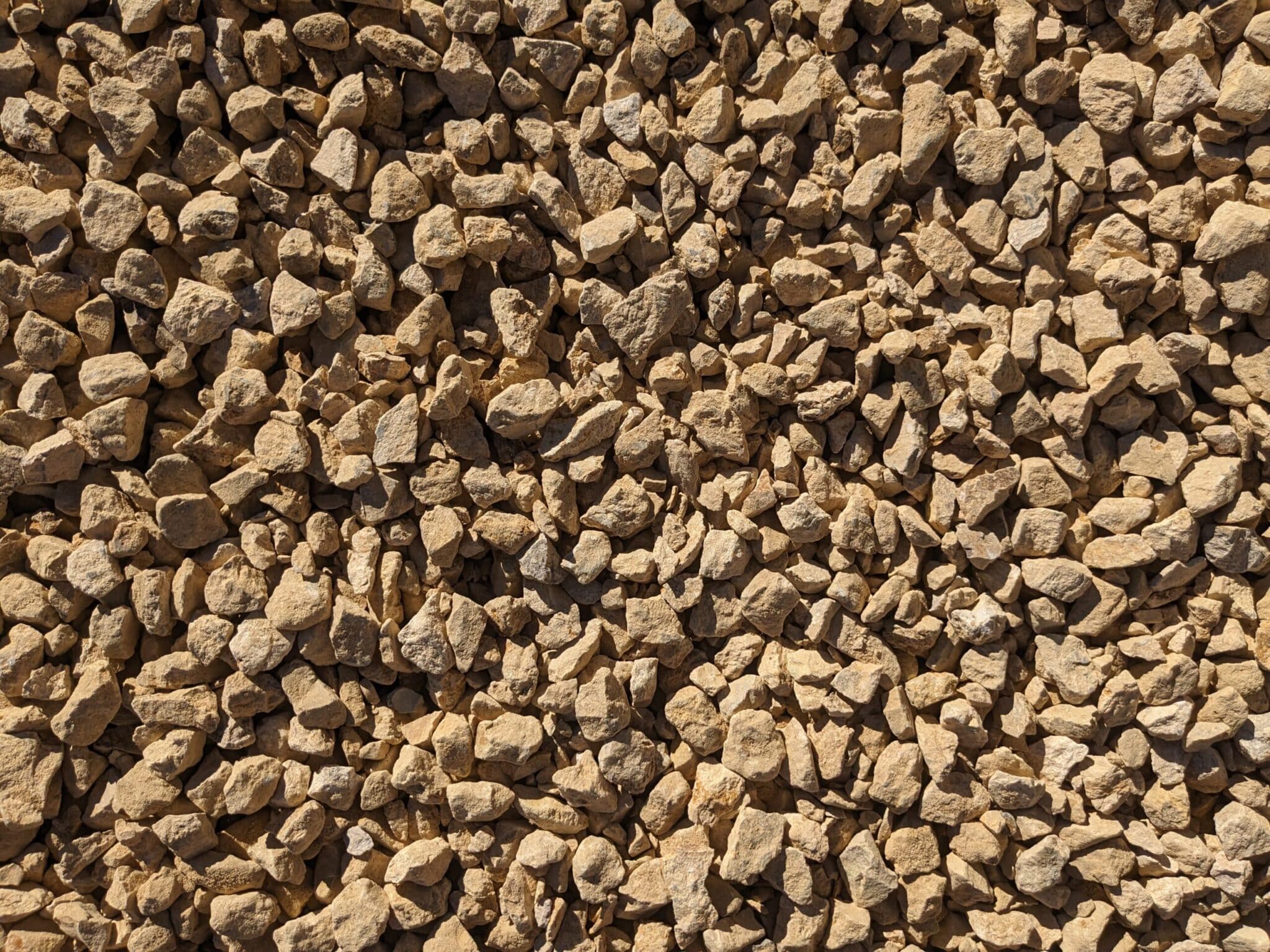Loamy subsoil is a type of soil that plays a crucial role in the world of aggregates. This article will delve into the intricate details of loamy subsoil, its definition, its uses, and its average cost. As part of the Aggregate Glossary, this article aims to provide a comprehensive understanding of loamy subsoil, its characteristics, and its significance in various applications.
Soil, the upper layer of earth in which plants grow, is a complex material composed of minerals, organic matter, water, and air. Among the various types of soil, loamy subsoil holds a unique position due to its balanced composition and versatile usage. Understanding loamy subsoil is essential for anyone involved in landscaping, gardening, construction, and environmental science.
Definition of Loamy Subsoil
Loamy subsoil is a type of soil that is characterized by its balanced composition of sand, silt, and clay. It is often found beneath the topsoil layer and plays a crucial role in providing nutrients and water to plants. The term ‘loamy’ is used to describe the texture of the soil, which is typically smooth to the touch and crumbly when dry.
Loamy subsoil is often rich in nutrients and has excellent water-holding capacity, making it ideal for plant growth. Its balanced composition ensures good aeration, which is essential for the roots of plants to breathe and absorb nutrients effectively. The presence of organic matter in loamy subsoil also contributes to its fertility and ability to support a wide range of plant species.
Composition of Loamy Subsoil
The composition of loamy subsoil is a perfect balance of sand, silt, and clay. Sand particles are the largest and are responsible for the soil’s drainage properties. Silt particles are medium-sized and contribute to the soil’s ability to retain moisture and nutrients. Clay particles are the smallest and are responsible for the soil’s water-holding capacity and nutrient retention.
The presence of organic matter in loamy subsoil further enhances its fertility. Organic matter, also known as humus, is derived from decomposed plant and animal material. It provides essential nutrients to plants and helps improve the soil’s structure, making it more conducive for plant growth.
Characteristics of Loamy Subsoil
Loamy subsoil is known for its excellent water-holding capacity, good aeration, and high fertility. These characteristics make it an ideal medium for plant growth. Its texture is typically smooth to the touch and crumbly when dry, which is a result of its balanced composition of sand, silt, and clay.
Another characteristic of loamy subsoil is its dark color, which is a result of the presence of organic matter. The dark color is an indication of the soil’s high fertility. Loamy subsoil is also known for its ability to maintain a stable structure, which is essential for preventing soil erosion and promoting healthy root development.
Uses of Loamy Subsoil
Loamy subsoil has a wide range of uses, thanks to its balanced composition and excellent characteristics. It is commonly used in gardening and landscaping, where it provides an ideal medium for plant growth. Its excellent water-holding capacity and nutrient retention make it suitable for growing a wide range of plant species.
In construction, loamy subsoil is often used as a base material for roads and foundations. Its stable structure and good drainage properties make it an excellent choice for these applications. In environmental science, loamy subsoil is often studied for its role in nutrient cycling and water filtration.
Loamy Subsoil in Gardening and Landscaping
In gardening and landscaping, loamy subsoil is highly valued for its fertility and ability to support a wide range of plant species. It provides an ideal medium for plant growth, thanks to its excellent water-holding capacity, good aeration, and high nutrient content. Gardeners often prefer loamy subsoil for growing vegetables, fruits, flowers, and ornamental plants.
Loamy subsoil is also used in landscaping for creating lawns, flower beds, and vegetable gardens. Its stable structure helps prevent soil erosion, while its good drainage properties prevent waterlogging. The presence of organic matter in loamy subsoil further enhances its appeal for gardening and landscaping purposes.
Loamy Subsoil in Construction
In the construction industry, loamy subsoil is often used as a base material for roads and foundations. Its stable structure and good drainage properties make it an excellent choice for these applications. Loamy subsoil provides a firm and stable base, which is essential for the construction of roads and buildings.
Loamy subsoil is also used in the construction of septic systems, where it plays a crucial role in filtering and treating wastewater. Its excellent water-holding capacity and nutrient retention make it an ideal medium for this purpose. Furthermore, loamy subsoil is often used in the construction of landfills, where it helps prevent the leaching of harmful substances into the groundwater.
Average Cost of Loamy Subsoil
The cost of loamy subsoil can vary significantly depending on various factors such as the source, quality, and location. On average, loamy subsoil can cost anywhere from $10 to $50 per cubic yard. It’s important to note that the cost can be higher if the soil needs to be transported over long distances or if it requires additional processing.
When purchasing loamy subsoil, it’s important to consider the quality of the soil. High-quality loamy subsoil is rich in nutrients and has a balanced composition of sand, silt, and clay. It’s also free from contaminants and harmful substances. Therefore, it’s worth investing in high-quality loamy subsoil to ensure the success of your gardening, landscaping, or construction project.
Factors Influencing the Cost of Loamy Subsoil
Several factors can influence the cost of loamy subsoil. One of the main factors is the source of the soil. Soil that is sourced locally is usually cheaper than soil that needs to be transported over long distances. The quality of the soil can also influence its cost. High-quality soil that is rich in nutrients and free from contaminants is usually more expensive than lower-quality soil.
Another factor that can influence the cost of loamy subsoil is the quantity required. Buying soil in bulk can often result in cost savings. However, it’s important to accurately estimate the amount of soil required to avoid unnecessary expenses. The location can also influence the cost of loamy subsoil. In areas where loamy subsoil is scarce, the cost can be higher.
Cost-Effective Alternatives to Loamy Subsoil
While loamy subsoil is highly valued for its excellent characteristics, it can be expensive, especially for large-scale projects. Therefore, cost-effective alternatives to loamy subsoil are often sought. One such alternative is compost, which is rich in nutrients and can improve the structure and fertility of the soil.
Another cost-effective alternative to loamy subsoil is mulch, which can help retain moisture, suppress weeds, and improve the soil’s fertility. Mulch can be made from a variety of materials, including wood chips, straw, and leaves. Using these alternatives can help reduce the cost of your gardening, landscaping, or construction project while still achieving excellent results.
Discover Quality Loamy Subsoil and More at Hello Gravel
Ready to enhance your project with top-tier loamy subsoil or explore cost-effective alternatives? Look no further than Hello Gravel, your nationwide provider of premium aggregates. Experience our white-glove service and let us streamline your supply needs with just a few clicks. Whether it’s for a small driveway or a large civil construction project, we deliver excellence right to your doorstep. Check out our products today and take the first step towards a hassle-free aggregate solution.


